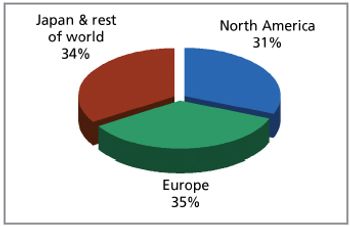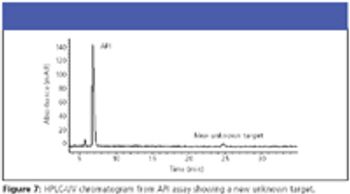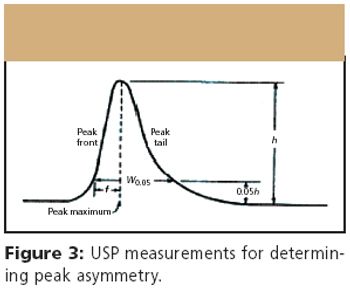
LCGC North America
Triclosan is an ubiquitous antibacterial, antimicrobial chemical found in numerous consumer health care products today. This article demonstrates that triclosan can be quantitatively determined in commercial hand soaps using reversed-phase solid-phase disk extraction coupled to quantification using capillary gas chromatography-atomic emission detection while avoiding emulsions.






